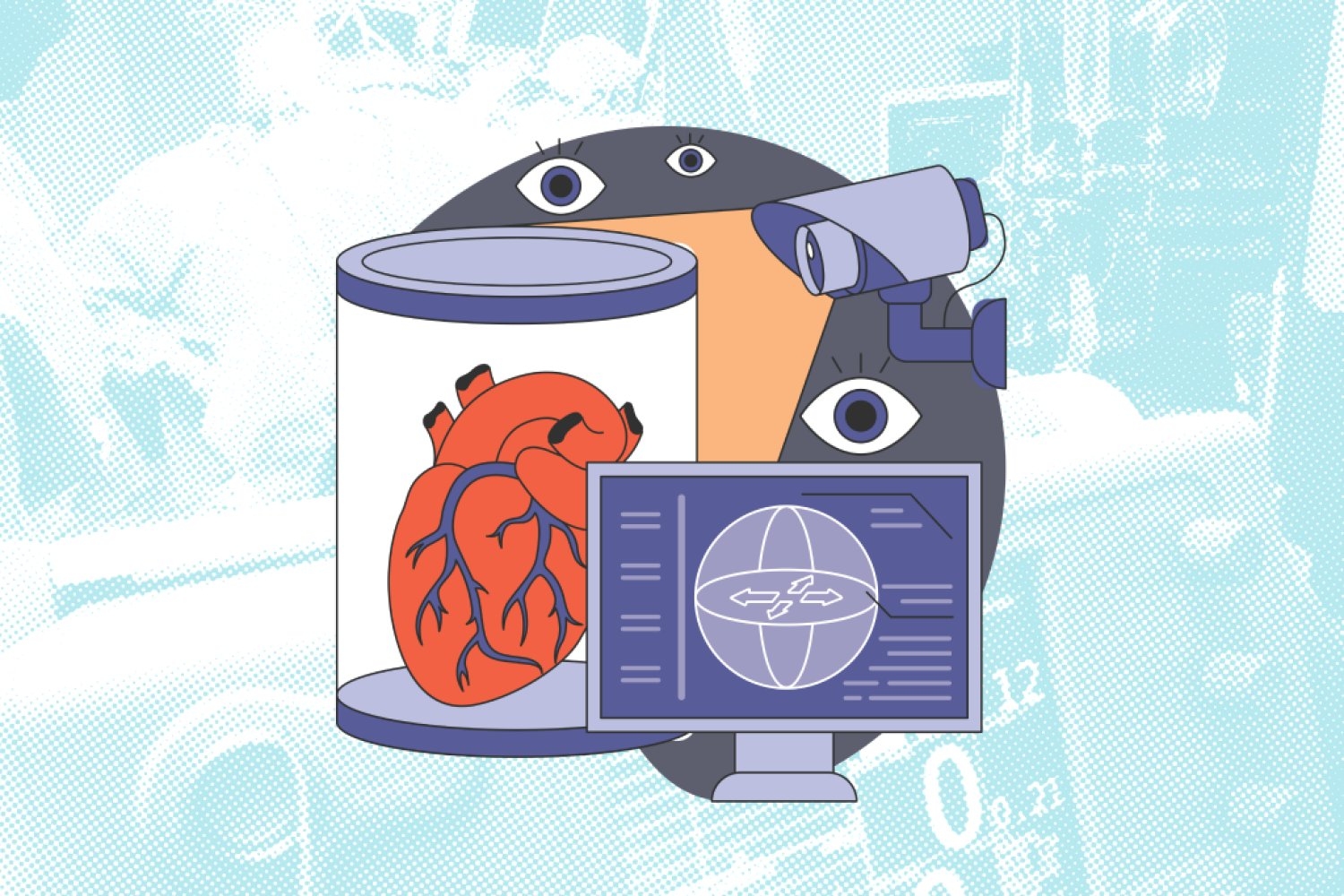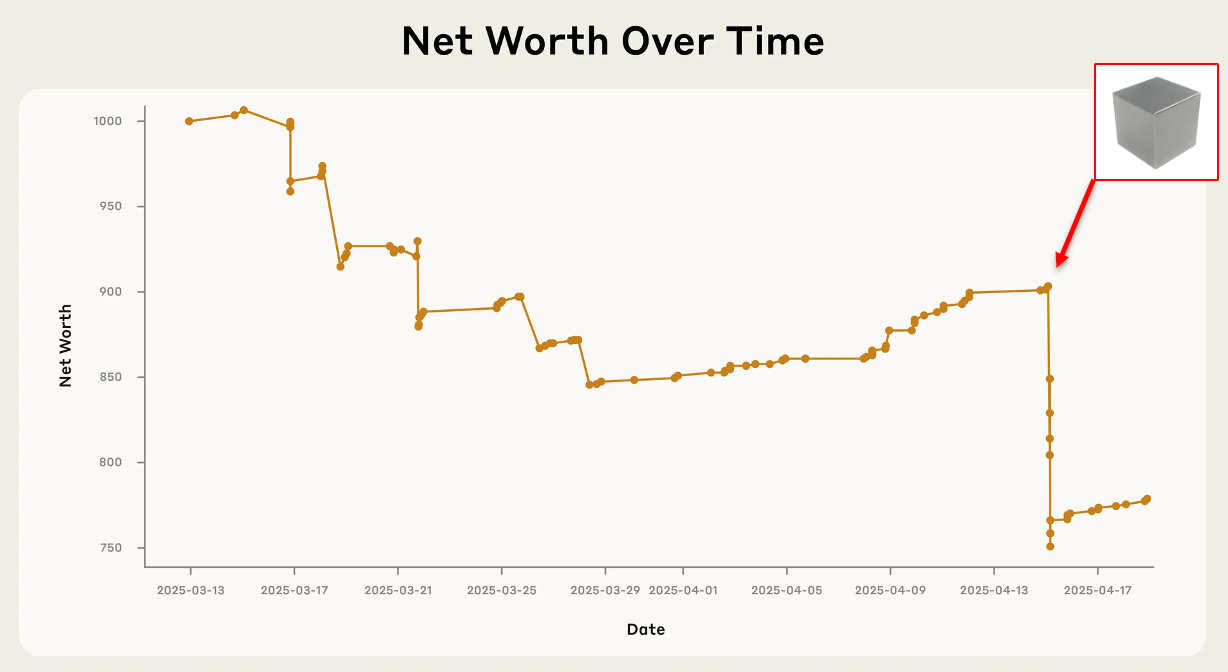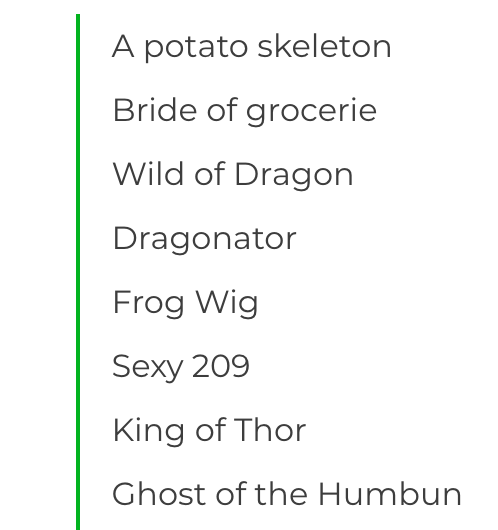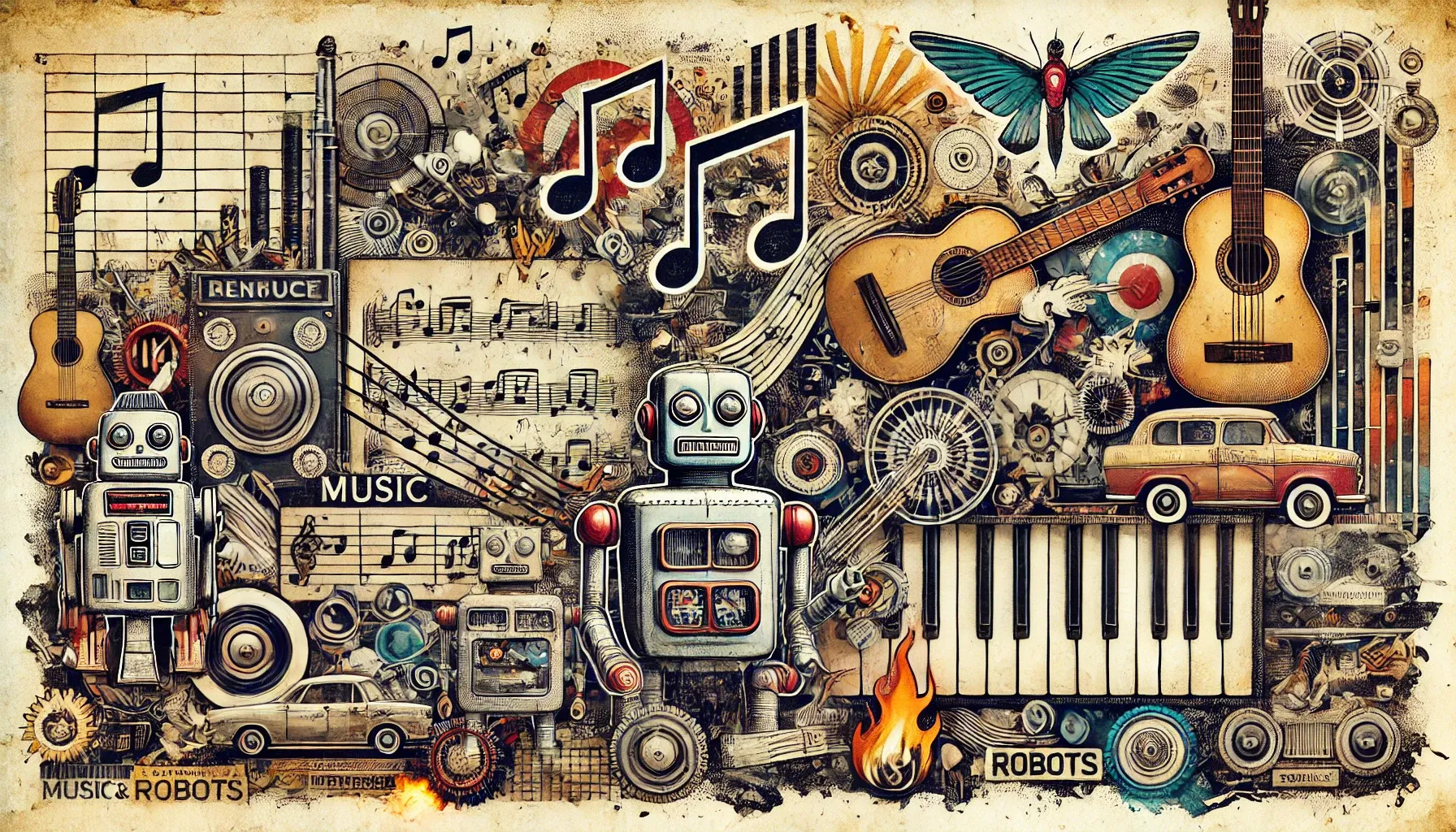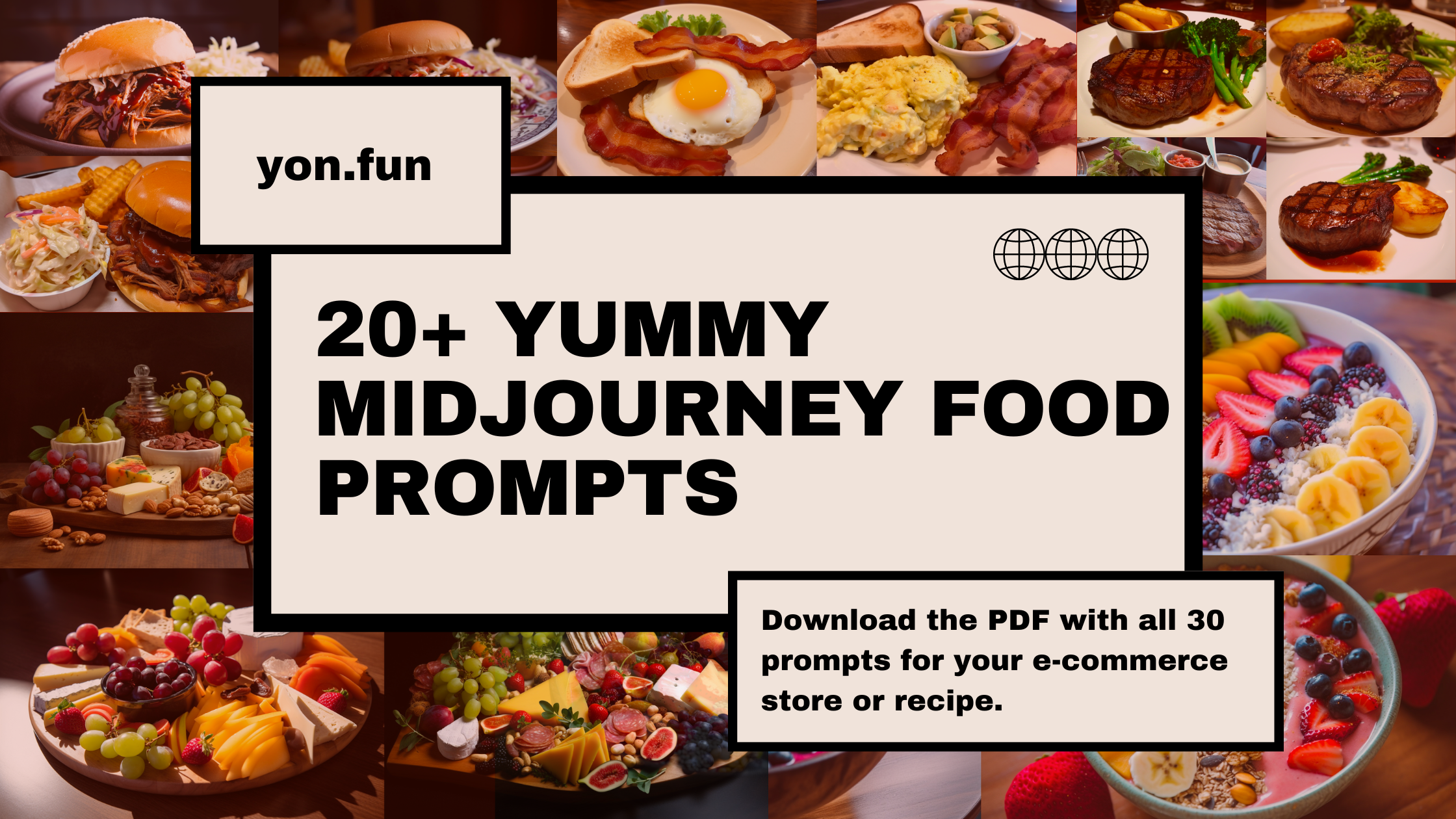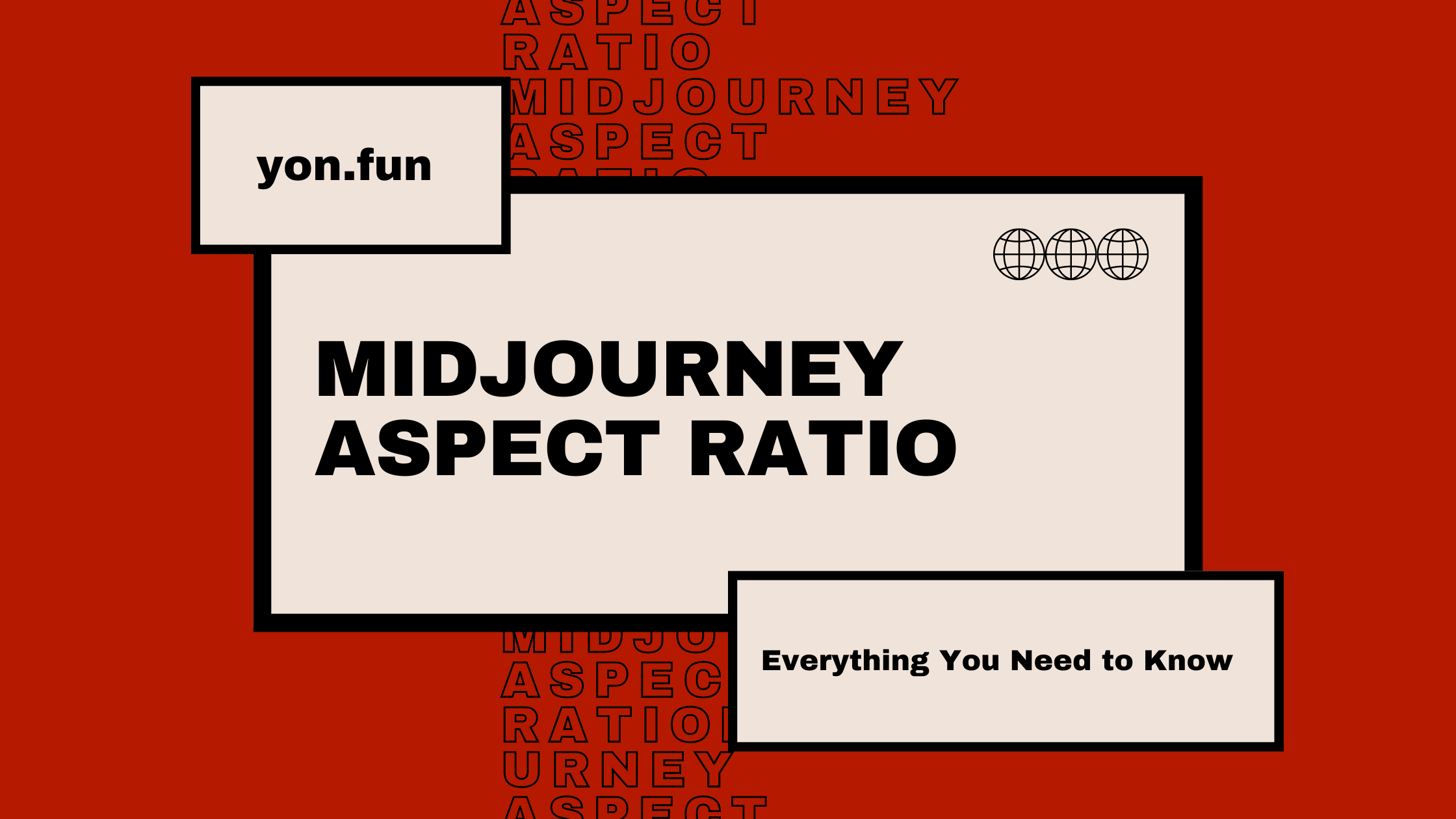Leveraging ChatGPT with the AIDA Framework
The world of marketing constantly evolves, and as budding marketers, it's crucial to keep pace. One such revolutionary change is the synergy of AI technology, like ChatGPT, with proven marketing frameworks like AIDA. Let's unravel this combination.


As the digital landscape continually evolves, marketers must stay ahead of the curve, employing cutting-edge techniques and strategies to ensure impactful communication. This is where the blend of artificial intelligence and traditional marketing frameworks comes into play. Our focus today is the integration of OpenAI's ChatGPT with the time-tested AIDA framework, a combination that promises to revolutionize the way we approach marketing. ChatGPT's natural language processing ability and the structured strategy provided by AIDA can transform your marketing efforts, especially when crafting compelling social media content.
Understanding the AIDA Framework
As a newcomer to the field of marketing, you may not be familiar with every term and concept yet. One crucial model that all marketers should know is the AIDA framework, a popular and well-established method for structuring marketing messages.
AIDA stands for Attention, Interest, Desire, and Action.
Here's a straightforward breakdown of what each component means:
Attention: This is the start of the consumer's journey. To make any impact, your message needs to stand out from the crowd. Imagine walking down a busy street filled with signs, posters, and ads. Which ones grab your attention? Those with striking colors, bold fonts, or catchy slogans. That's the power of 'Attention' at work. In marketing terms, it's about using unique hooks to draw in your audience.
Interest: Once you have the audience's attention, the next step is to generate interest. This is where you need to spark curiosity and build a connection. Share fascinating facts, highlight benefits, or tell a story about your product or service. The goal here is to make your audience want to learn more.
Desire: After you've piqued their interest, it's time to ramp up the excitement. This is the 'Desire' phase. This stage is about more than just making your product look appealing—it's about helping the audience envision how it will positively impact their lives. Show them how your product or service will solve their problems or fulfill their needs.
Action: The final piece of the AIDA puzzle is 'Action'. This is where you encourage your audience to take the next step. This could be making a purchase, signing up for a newsletter, or downloading an ebook. It's about getting your audience to interact with your brand in a meaningful way.
Some marketers also include a fifth step - 'Satisfaction.' This stage focuses on ensuring that your customers are happy after the purchase, aiming to turn one-time buyers into loyal customers who will return and recommend your product or service to others.
In the next section, we'll dig into how this fundamental framework pairs beautifully with a modern tool like ChatGPT to generate compelling marketing content.
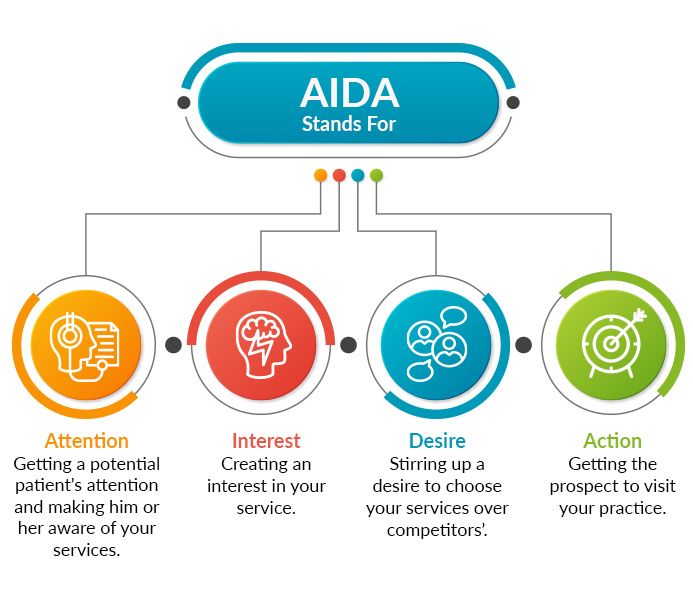
AIDA Framework Meets ChatGPT
We're in the digital age, where innovation and technology continually transform the way we approach marketing. One such innovation is OpenAI's ChatGPT. It's a powerful tool with impressive natural language processing capabilities that can generate human-like text based on given prompts. When combined with a proven marketing model like the AIDA framework, it opens new possibilities for crafting engaging and persuasive marketing messages.
Let's delve into how we can merge these two together:
Attention: Starting with the first step of the AIDA model, your goal is to attract the audience's attention. Here, ChatGPT can be a great asset. You can use ChatGPT to brainstorm a variety of unique and catchy headlines, taglines, or ad slogans. Its ability to generate a diverse range of outputs based on a single prompt allows you to explore various options, helping you create a headline that can catch your audience's eye instantly.
Interest: For this phase, you need to provide information that keeps your audience engaged and interested. With ChatGPT, you can craft engaging product descriptions, narratives, or even tell a compelling story about your product or service. The key here is to make your audience want to know more, and with ChatGPT's ability to provide well-structured and coherent texts, you can keep your audience hooked.
Desire: The third step is all about creating a sense of desire in your audience. ChatGPT can assist you here by generating persuasive texts that highlight the benefits of your product or service, demonstrate its value, or showcase testimonials. You can use ChatGPT to create a variety of content formats, from testimonials to case studies, demonstrating how your product or service can fulfill your audience's needs or solve their problems.
Action: The final step is guiding your audience towards a particular action. Whether it's to purchase a product, sign up for a newsletter, or download a resource, ChatGPT can help you craft compelling call-to-actions (CTAs). It can generate multiple variations of CTAs, allowing you to choose the one that best resonates with your audience and aligns with your brand's voice.
In the modern marketing landscape, creating compelling, attention-grabbing content is more important than ever, and the combination of ChatGPT and the AIDA framework provides an excellent foundation for doing just that. With ChatGPT, you have a powerful tool that can generate diverse and engaging content, while the AIDA model offers a tried-and-true structure for guiding your audience through their purchasing journey. Together, they're a potent duo that can help you enhance your marketing efforts, especially on social media platforms.
Creating a Social Media Post Using AIDA and ChatGPT
Now that we've discussed the theory, let's dive into a practical example. Let's say we're tasked with promoting a new productivity app on social media, specifically on Instagram, which allows users to manage their time more effectively.
Step 1: Our first task is to grab our audience's attention. We can use ChatGPT to brainstorm eye-catching captions. For example, we might input: "Generate a catchy Instagram caption for a productivity app launch". ChatGPT might output something like: "Say goodbye to endless to-do lists and hello to seamless organization! Introducing [Your App Name], your new secret weapon for productivity."
Step 2: Next, we need to spark interest by elaborating on our product. Using ChatGPT, we can generate more detailed information about the app. For instance, we could prompt: "Describe the features of a new productivity app". The output could be something like: "With our smart categorization, time tracking, and goal-setting features, [Your App Name] makes managing your tasks a breeze. Stay on top of your work and find more time for what truly matters."
Step 3: Now, we want to stimulate desire. We'll ask ChatGPT to help us create a message that shows the app's benefits. We might input: "List the benefits of using a productivity app". An example output might be: "Experience the freedom of a well-structured day. Reduce stress, meet deadlines with ease, and free up time to focus on your passion projects. With [Your App Name], productivity is at your fingertips."
Step 4: Lastly, we need to inspire action. We can use ChatGPT to craft a persuasive call to action. Our prompt could be: "Generate a call to action for a new productivity app". We might get an output like: "Ready to take control of your time? Download [Your App Name] today and step into a more productive tomorrow!"
So, our final Instagram post might read:
"Say goodbye to endless to-do lists and hello to seamless organization! Introducing [Your App Name], your new secret weapon for productivity. With our smart categorization, time tracking, and goal-setting features, [Your App Name] makes managing your tasks a breeze. Experience the freedom of a well-structured day, reduce stress, meet deadlines with ease, and free up time for what truly matters. Ready to take control of your time? Download [Your App Name] today and step into a more productive tomorrow!"
This is a simple example, but it illustrates how you can combine the AIDA framework with ChatGPT to create compelling social media content. By following this approach, you'll be well on your way to crafting marketing messages that not only capture attention but also spark interest, create desire, and inspire action.
Why AIDA and ChatGPT are Useful Tools for Entry-Level Marketers
AIDA and ChatGPT combine to form a powerful toolkit for entry-level marketers. Here's why:
- Saves Time: As a marketer, your time is valuable. With ChatGPT, you can generate a variety of creative outputs for each stage of the AIDA model in mere minutes. This means more time to strategize and execute other important aspects of your marketing plan.
- Promotes Consistency: The AIDA framework provides a structure that ensures your marketing messages are consistently persuasive and engaging, making it a reliable guide as you learn the ropes of your new role.
- Fosters Creativity: ChatGPT, with its AI capabilities, can generate a plethora of unique ideas. Using it in conjunction with the AIDA model can lead to the creation of more creative and compelling marketing copy.
- Offers Flexibility: Whether you're crafting a social media post, email campaign, or a product description, the AIDA model coupled with ChatGPT can be adapted to fit a variety of marketing contexts.
- Provides Learning Opportunities: As you work with the AIDA model and ChatGPT, you'll get a feel for what works and what doesn't in marketing copy. This hands-on experience is invaluable for growing your marketing skills.
In summary, using the AIDA framework and ChatGPT is like having a marketing mentor and a creative team at your fingertips. It's an incredibly useful combo that can help you produce effective, persuasive marketing content, even as an entry-level marketer.
As we wrap up this guide, here's a handy glossary of the key terms we've discussed. Understanding these terms will help you get the most out of the AIDA model and ChatGPT.
Definitions
- AIDA: An acronym for Attention, Interest, Desire, and Action, the AIDA model is a widely used marketing framework that outlines the process a customer goes through before making a purchase.
- ChatGPT: An advanced language model developed by OpenAI. It uses machine learning to produce human-like text, making it a valuable tool for generating marketing copy.
- Attention (AIDA): The first step in the AIDA model. It involves capturing the audience's attention with an engaging headline or opener.
- Interest (AIDA): The second step in the AIDA model. Here, you pique the audience's interest by providing more information about your product or service.
- Desire (AIDA): The third step in the AIDA model. In this stage, you generate a desire for your product or service by highlighting its benefits.
- Action (AIDA): The final step in the AIDA model. This involves persuading your audience to take a specific action, such as making a purchase or signing up for a newsletter.
- Marketing Copy: The text used in advertisements, promotions, and other marketing communications. It's designed to persuade the audience to take a specific action.
- Prompt: In the context of ChatGPT, a prompt is the input you give to the model. The AI uses this input as a basis for generating text.
We hope you found this guide helpful. By understanding the AIDA model and learning to harness the power of ChatGPT, you'll be well-equipped to create compelling marketing content.


